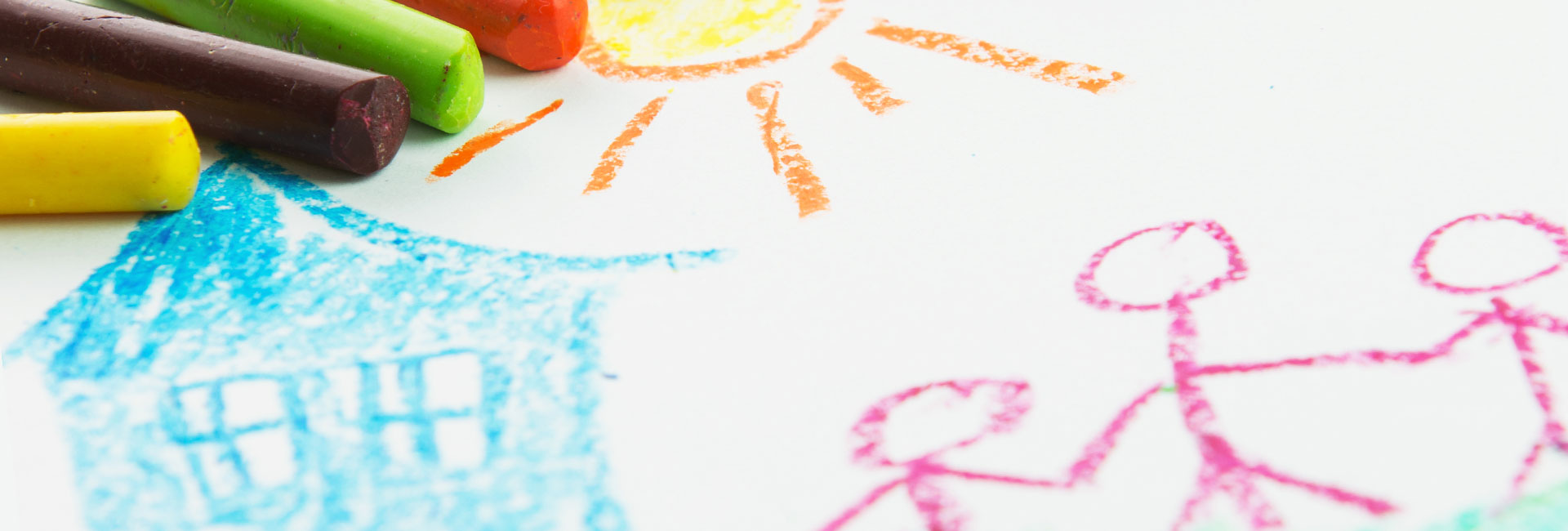Outcomes are a priority for us… after all, the whole point of fostering is to improve the life and opportunities of the looked after child or young person.
Matching will be achieved by clear information sharing and consideration, involving relevant professionals, the child or young person and their family, and the foster carers – including other children or young people they have in placement. Relevant professionals may include: the child’s or young person’s social worker, line managers, health and education staff, panel members and our decision makers.
The need to protect and care for the foster carer and their family must also be met and balanced with the needs of any children or young people being placed. This means that carers must receive all of the relevant information when they are being asked to take a placement. The more detailed information provided, the better the match will be and the better the outcome for the child or young person.
Foster Carers always have the right to decline a placement and when they are being approached, it is important to consider this. We will not pressure any foster carers into accepting placements and understand the final decision rests with the carers themselves.
Race, Culture and Language
We believe that wherever possible, children’s and young people’s needs will be best met by placement with a foster carer that reflects their racial, cultural and language background. The child’s or young person’s long-term welfare will be the paramount consideration.
Where trans-racial or trans-community placements are made, the foster carer will be provided with additional training, support and information to enable the child or young person to develop a full and positive knowledge and understanding of their heritage. The input of birth family, friends and other carers may help to achieve this.
Bedrooms
Each child or young person will have their own personal bedroom, appropriately furnished to meet their individual needs.
The matching process takes account of the proposed sleeping arrangements for the child or young person. Where this means sharing a home, the views of any other child or young person living there will also be considered. If that child or young person is looked after, their social worker will also be consulted.
The age and gender of the child or young person is considered, as will the background of all children and young people in the home.
Where a child or young person has been abused or has abused, then their needs and the needs of others in the household must be assessed before any decision is made to allow the sharing of a home. Safeguarding and risk assessments are a priority. A Signs of Safety approach to risk will be taken by the agency. This will ensure risk and protective factors are made clear and addressed.


